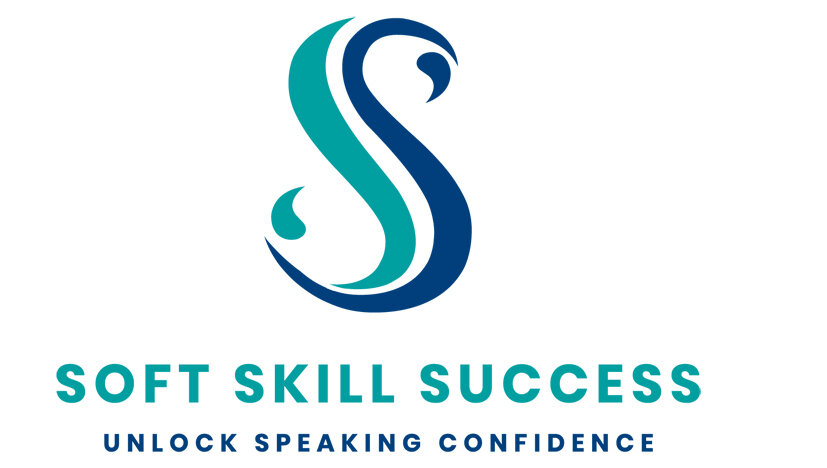3 Top Tips to Make Your Hybrid Meetings Successful
Photo by Scott Graham on Unsplash
COVID-19 has changed the way we work forever. In March 2020, businesses and organisations that may never have considered remote working before were suddenly thrown into a new world of Zoom and MS Teams. We muddled through the early days, adapted as best we could and gradually got used to virtual meetings and presentations.
Now, things are all about to change as Ireland reopens for business again. Companies have realised that their employees can work effectively from home. Less travel is good for the bottom line, too. Google is saving over $1 Billion a year courtesy of the switch to remote working.
It seems that blended working, video-conferencing and reduced travel will become the norm for many of us. Earlier this year, the Irish Government published The National Remote Work Strategy, focusing on integrating remote working as “a permanent feature in the Irish workplace.”
A significant portion of employees are also in favour of working from home - at least some of the time.
Recently, I posted a survey on LinkedIn, asking how people would prefer to proceed with client meetings and presentations when we open up again. The answers suggest that we’re looking for the best of both worlds, with 83% of respondents leaning towards a hybrid approach.
How does a hybrid meeting work?
A hybrid meeting means that some participants are in the same physical location together, while others join in virtually.
But this approach to meetings and presentations brings specific challenges. Often, it can mean that the person dialling in remotely feels removed from what’s happening in the meeting, as they can’t see or hear contributions from participants who are together in the room. If not approached correctly, this setup can be functional at best, doing little to foster communication, collaboration and connection.
For remote working to be inclusive, you need to think carefully about how you plan and conduct hybrid meetings.
Let’s discuss some key points to consider to help make your hybrid meetings a success.
Pay attention to your tech setup
It’s crucial that all attendees at the meeting feel equally important. Everyone needs to be seen and heard. Participants in the room need to be able to see and hear those online, and vice versa. You don’t have to blow the budget here; there are plenty of simple tech options to get you started.
The essentials that you’ll need at your physical location to facilitate this are:
· Microphone – a room or handheld mic that allows remote participants to hear the discussion.
· Speaker- to enable in-room participants to hear contributions from those attending remotely
· Cameras- preferably two, set at different angles so remote participants can see everyone present in the room. Alternatively, in-person participants could log in to the meeting on mute so that everyone appears on screen.
· Screen or TV- to project the remote participants so that they can still be seen if everyone isn’t logged in.
Set your meeting ground rules/guidelines
It’s a good idea to outline the ground rules for the meeting in advance so that everyone knows what to expect.
Think about:
· Asking remote participants to turn cameras on.
· How are you going to facilitate a brainstorming session? MS Whiteboard could be a useful tool here.
· What is the procedure if someone wants to speak? Perhaps they raise their hand?
· How will the meeting leader engage people if they are not joining in?
· Taking care to avoid side-conversations that would exclude remote participants.
Plan your presentation carefully
As a presenter, you need to adapt your delivery to suit both in-person and on-screen attendees. What worked for a virtual meeting may not be effective for a hybrid setting.
Preparation is key here. You can read more about how to prepare a successful presentation in this post.
Some extra considerations for your hybrid presentation include:
· If there is an in-room camera, make sure you are sitting next to it, so you can be clearly seen.
· Eye contact- ensure that you look at the camera, as well as the people in the room.
· Your background- choose a seat with a neutral background so it won’t be a distraction for remote attendees.
· If you are projecting slides onto a large screen, remember that remote participants will be accessing them on the meeting platform and won’t see you pointing at that large screen!
· Make sure that remote participants can hear you clearly.
· Plan when you will have engagement with attendees and how you will ensure equal “airspace” for everyone.
Every presentation requires planning, preparation and practice, but a hybrid format calls for some extra considerations. Think about what the experience will be like for all participants and the practical steps you can take to create a connected atmosphere for everyone involved. Implementing the tips above will help you to have a successful, inclusive hybrid meeting.
Are hybrid meetings a feature of your business or workplace? How has your experience of them been so far? Let me know in the comments below.


